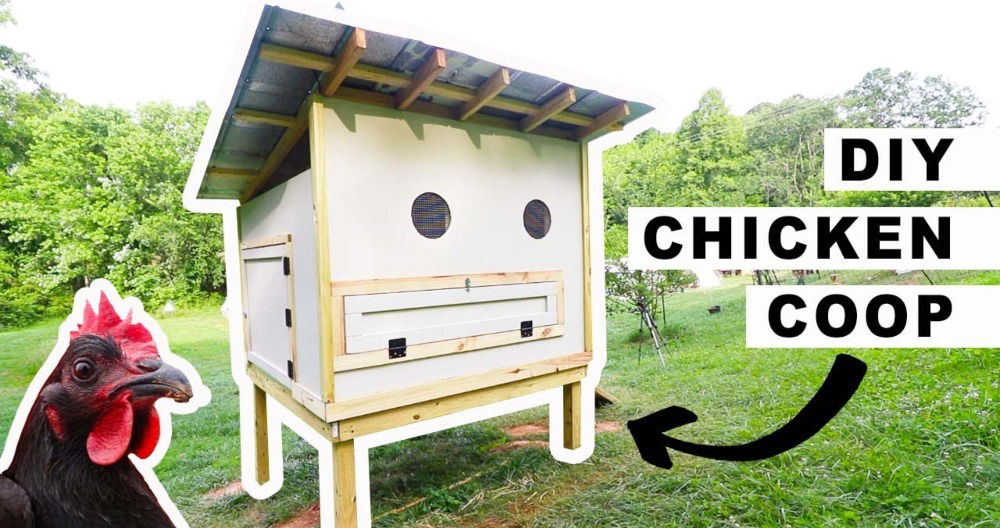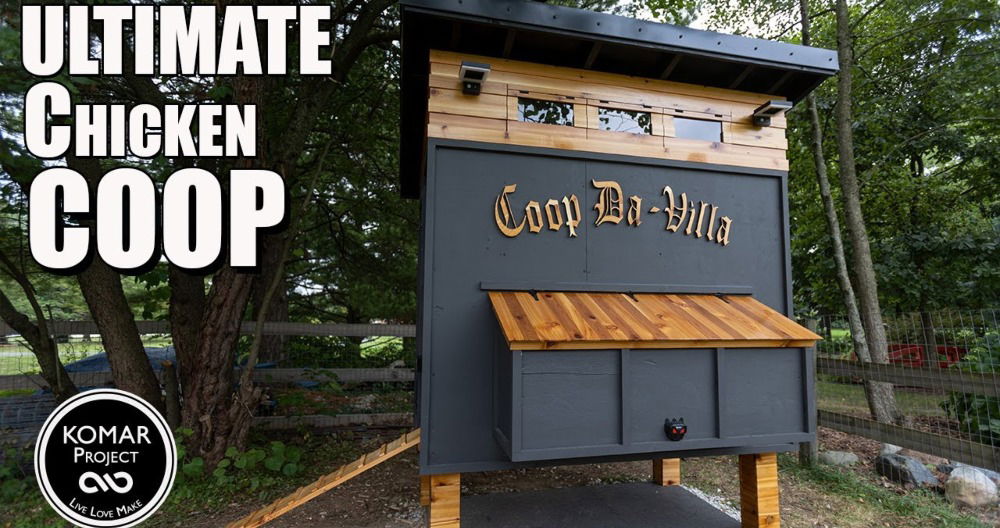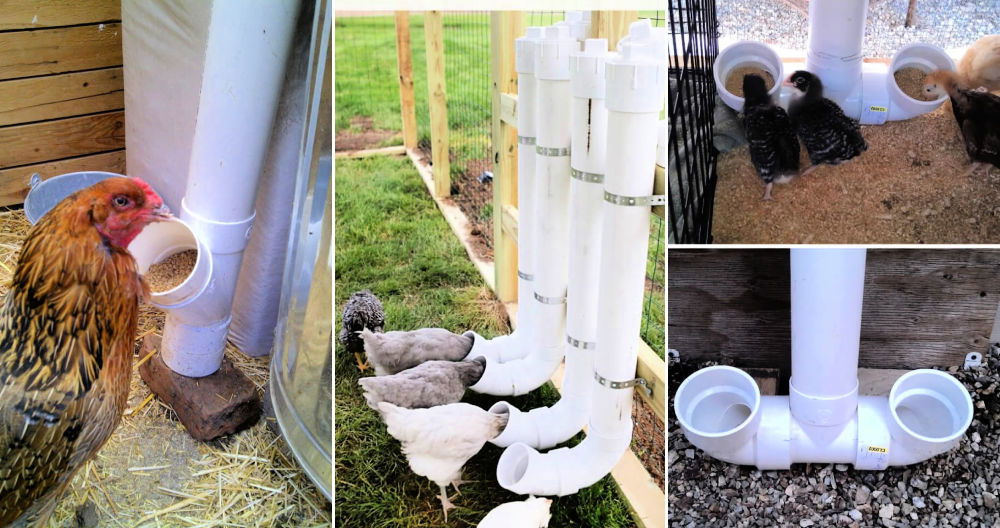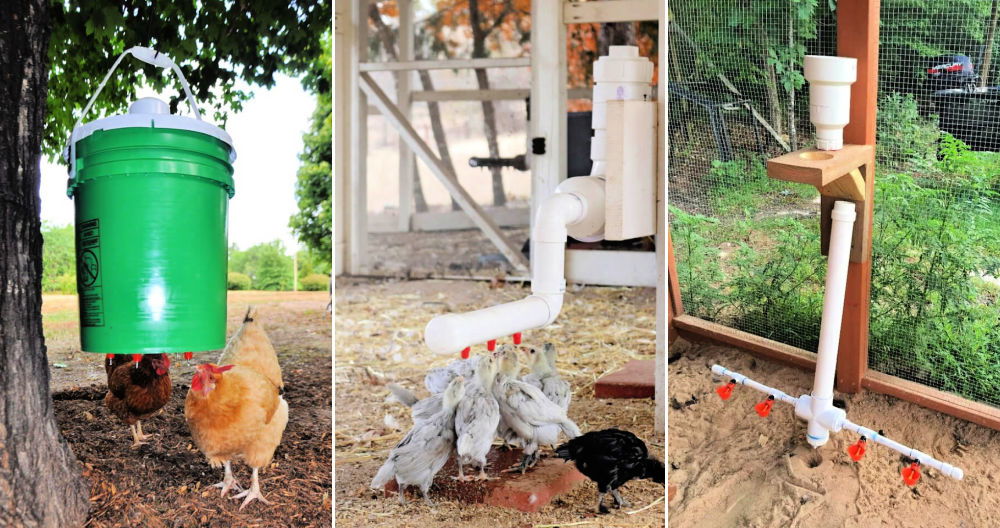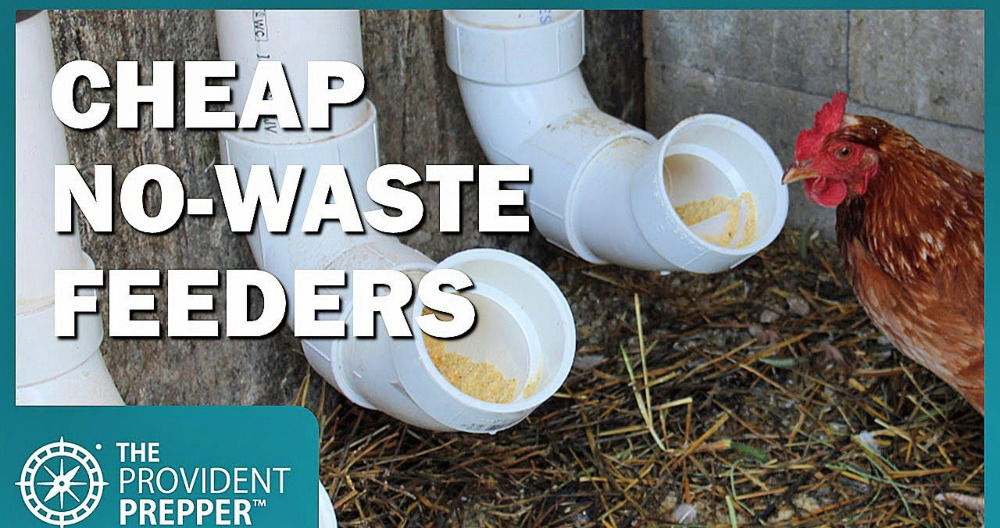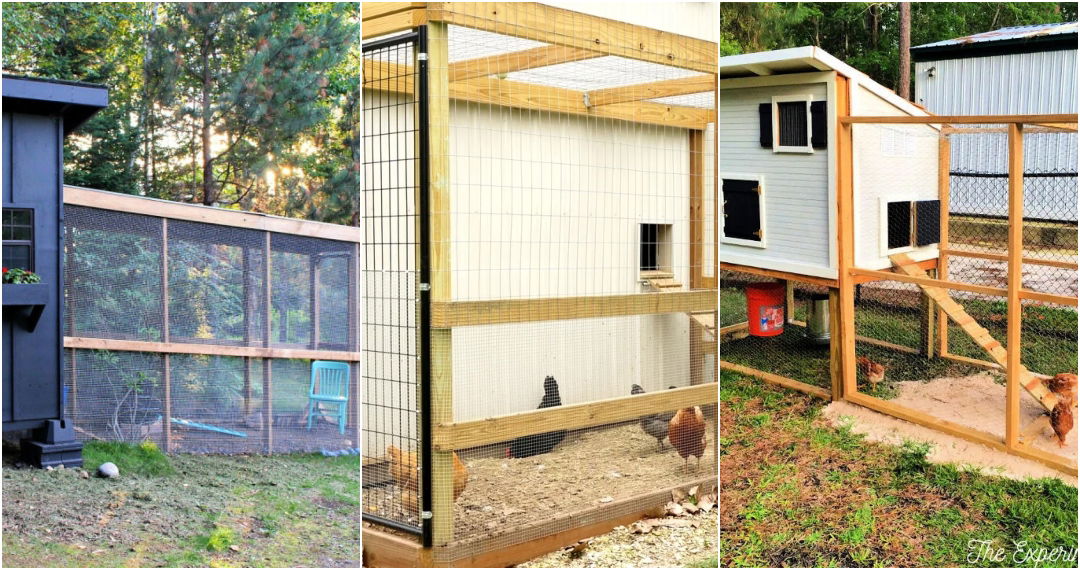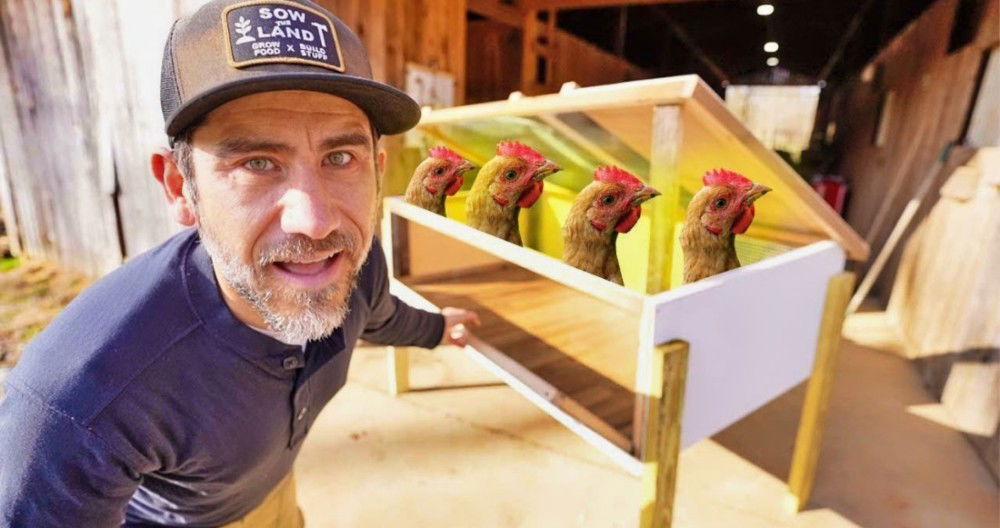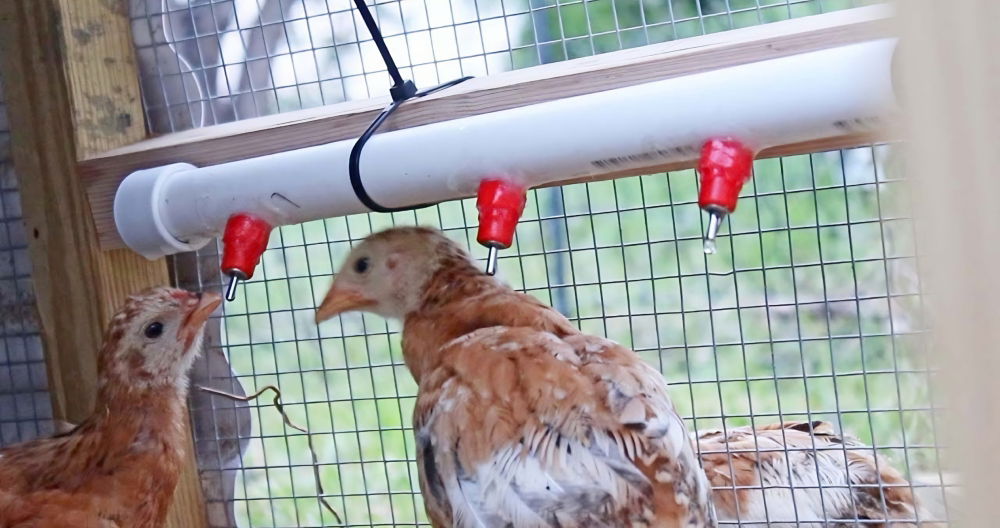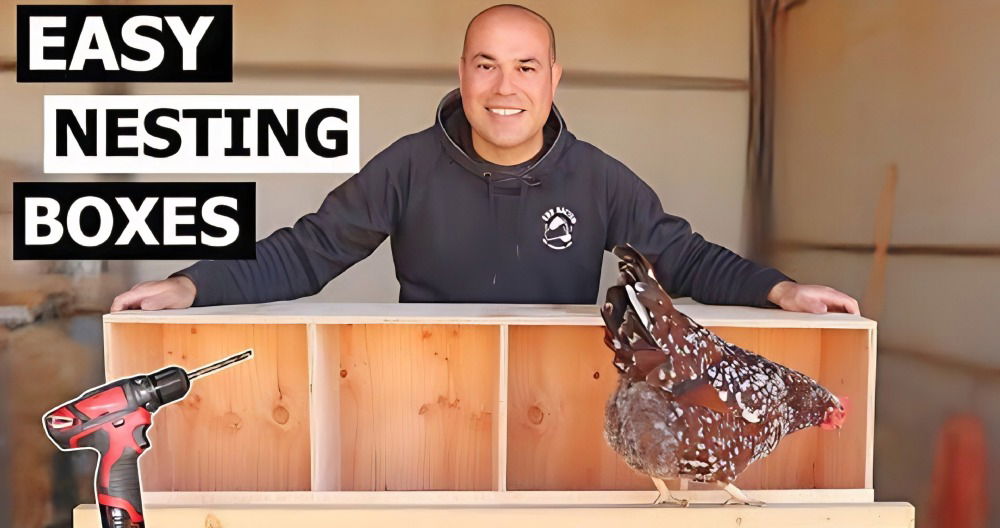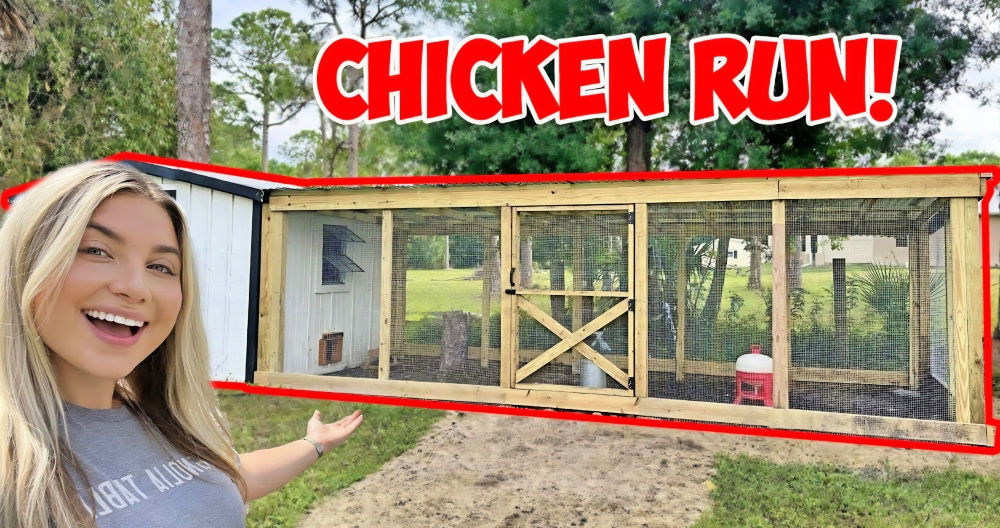Building a pallet chicken coop is one of the best projects I've ever taken on. The idea came to me when I noticed how many old pallets were lying around my neighborhood. With a bit of creativity and some basic tools, I managed to build a sturdy place for my chickens to live. It was a rewarding experience from start to finish.
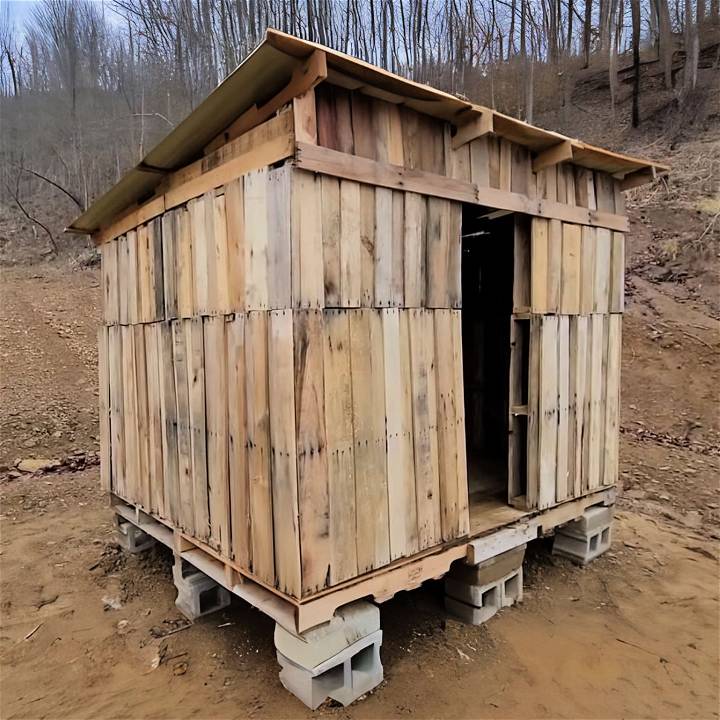
Using pallets for a DIY chicken coop not only saves money but also gives you some control over the design. You know exactly how strong and safe it will be for your chickens. The process involves dismantling the pallets, planning the layout, and assembling the coop. If you're thinking about starting, these steps will certainly help.
I'm sharing my experience to guide and inspire you to build your own pallet chicken coop.
Gathering Materials:
Discover why pallets are your best friend for gathering materials and the essential tools you need for your DIY projects.
Why Pallets Are Your Best Friend:
My main material was wooden pallets, which I collected for free from local businesses. Pallets are sturdy, versatile, and often discarded, making them an excellent resource for budget projects. For other materials, like concrete blocks and metal sheets for the roof, I looked around to see what I had and what I could get for cheap or free.
Needed Tools:
- Hammer
- Pry Bar
- Circular Saw
- Drill or Impact Driver
- Pro Tip: If you don't own these tools, chances are someone you know does. Borrowing can save you a lot on your project budget.
Step by Step Instructions
Learn how to build a pallet chicken coop with our easy step-by-step instructions. Perfect for beginners looking to build a budget-friendly, durable coop.
Step 1: Setting the Foundation
I began by laying out concrete blocks as a foundation, placing one at each corner and a few in the center to increase support. Ensuring your coop is off the ground helps keep it dry and makes it harder for predators to get in.
Step 2: Assembling the Floor and Walls
Using a combination of whole pallets and dismantled ones, I started putting together the floor, securing everything with three-and-a-half-inch screws. For the walls, aligning pallets horizontally provided a solid structure. Don't worry about gaps; we'll cover those later.
Constructing the Roof:
For the roof pitch, I used more pallet stringers, building a header to give me about six inches of elevation. An angled roof ensures rain and snow can easily drain off, preventing structural damage.
Step 3: Covering and Securing the Walls
To box in the coop and cover any gaps, I used boards from dismantled pallets, applying a method similar to board and batten siding. This not only adds to the coop's aesthetic but also improves insulation.
Step 4: Finalizing the Roof
Roofing was perhaps the most costly part of the project, but by opting for the cheapest grade metal from a local supplier, I managed to stay within my budget. Different colors and no warranty might not be ideal for everyone, but for a chicken coop, they were perfect for me.
Step 5: Interior Setup
For the interior, I utilized more pallet stringers to build roosts and secured two milk crates as nesting boxes. The crates were free, adding to the project's affordability.
Closing Thoughts:
Finishing my chicken coop gave me not just a sense of accomplishment but also a practical, cost-effective solution for housing my chickens. Throughout this process, I learned the value of resourcefulness, community (don't underestimate the power of asking around for free supplies!), and hard work.
Final Cost & Resources:
The final cost came down to $44.52, mainly for the roofing material. Free pallets, concrete blocks I already owned, and repurposed milk crates for nesting boxes significantly kept the expenses low.
Customization Ideas for Your Pallet Chicken Coop
Building a chicken coop from pallets is not only an eco-friendly choice but also offers numerous possibilities for customization. Here are some ideas to make your coop uniquely yours while ensuring it's comfortable and safe for your chickens:
- Choose the Right Size Start by determining the size of your coop based on the number of chickens you plan to keep. Each chicken needs about 2-3 square feet of space inside the coop. If you have 6 chickens, aim for at least 18 square feet.
- Add Nesting Boxes Chickens need a cozy place to lay their eggs. You can build nesting boxes using smaller pallet pieces or repurposed containers. Line them with straws for comfort and easy cleaning.
- Include Perches Chickens love to roost on perches at night. Use sturdy branches or wooden dowels across the coop for them to settle on. Ensure they're placed at different heights to accommodate the pecking order.
- Ensure Proper Ventilation Good airflow is crucial. Customize your coop with openings near the top for air circulation, but make sure they're predator-proof. Cover them with hardware cloth or mesh.
- Make It Accessible Design doors that are easy to open for cleaning and collecting eggs. Consider a sliding door for chickens to enter and exit the coop.
- Protect from Predators Secure your coop by reinforcing it with hardware cloth. Bury the cloth a foot deep around the coop to deter digging predators.
- Personalize with Paint: Give your coop a personal touch with non-toxic paint. Bright colors can make it a focal point in your garden.
- Add an Outdoor Run. If space allows, attach an outdoor run to the coop. This gives your chickens more room to move around safely.
- Incorporate Storage Built-in storage for feed and tools. This keeps everything handy and organized.
- Consider the Roof A sloped roof helps with rain runoff and can be covered with shingles or metal roofing. You can even add a green roof with plants for extra insulation.
By incorporating these customization ideas, you'll build a functional and personalized space that your chickens will love, and you'll enjoy the satisfaction of a DIY project well done.
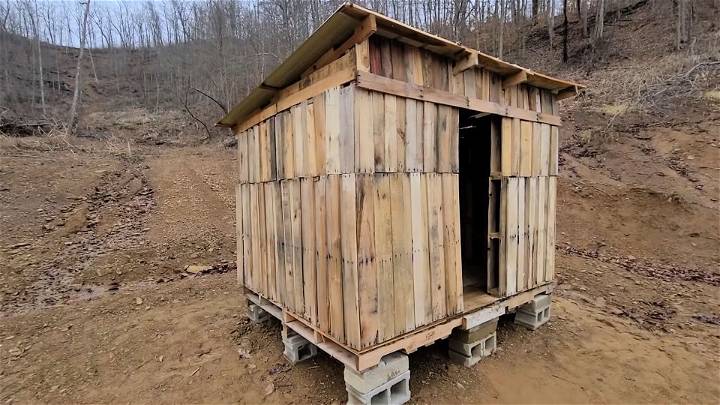
Common Challenges and Solutions in Building a Pallet Chicken Coop
Building a chicken coop from pallets can be a rewarding DIY project, but it's not without its challenges. Here's a guide to overcoming some common obstacles you might encounter:
Finding Quality Pallets
- Challenge: Locating pallets that are safe and suitable for coop construction.
- Solution: Reach out to local businesses or search online marketplaces for free or low-cost pallets. Ensure they're heat-treated (marked with “HT”) rather than chemically treated.
Ensuring Stability
- Challenge: Pallet wood can vary in strength, which may affect the stability of your coop.
- Solution: Reinforce the structure with additional support beams or brackets. Use screws instead of nails for added durability.
Building a Level Foundation
- Challenge: An uneven foundation can lead to structural issues.
- Solution: Clear and level the ground where your coop will sit. Use paving stones or concrete blocks to build a stable base.
Weatherproofing
- Challenge: Protecting the coop from rain, snow, and extreme temperatures.
- Solution: Seal gaps and cover the exterior with weather-resistant paint or a protective sealant. Insulate the walls with straw bales or foam boards.
Predator Proofing
- Challenge: Keeping chickens safe from predators.
- Solution: Secure the coop with hardware cloth instead of chicken wire. Ensure all doors and windows have locks or latches.
Ventilation
- Challenge: Maintaining good air quality inside the coop.
- Solution: Install vents or windows covered with secure mesh. Position them high to prevent drafts on the roosting chickens.
Lighting
- Challenge: Providing enough light for the chickens, especially during shorter days.
- Solution: Add windows to let in natural light or install solar-powered LED lights for the darker hours.
Accessibility for Cleaning
- Challenge: Making the coop easy to clean to maintain hygiene.
- Solution: Design the coop with removable panels or floors for easy access. Use materials that can be hosed down or wiped clean.
Gathering Materials
- Challenge: Acquiring all the necessary tools and hardware.
- Solution: Make a comprehensive list before you start. Borrow tools you don't have or consider renting them.
Time Management
- Challenge: Underestimating the time required to complete the project.
- Solution: Set realistic goals and give yourself extra time for unforeseen delays. Break the project into smaller tasks to make it more manageable.
Anticipate challenges and prepare solutions for a sturdy, functional, and safe chicken home. Patience and planning are vital for a successful DIY pallet coop.
FAQs About DIY Pallet Chicken Coop
Discover essential faqs about DIY pallet chicken coop construction, from materials to design tips, and build the perfect home for your chickens.
Not all pallets are suitable for building a chicken coop. It’s best to use pallets that are free from chemical treatments and in good condition to ensure the safety and health of your chickens.
Proper ventilation can be achieved by incorporating openings or windows covered with wire mesh to allow air circulation while keeping predators out. It’s crucial to balance airflow with protection.
The number of chickens your coop can accommodate depends on the size of the coop you build. As a general rule, provide at least 2-3 square feet per chicken inside the coop and 8-10 square feet per chicken in an outside run.
Regular cleaning is essential to maintain a healthy environment for your chickens. It's recommended to do a thorough cleaning every few weeks and a more comprehensive clean once or twice a year.
Yes, besides using wire mesh for ventilation, you can add extra security by installing motion-activated lights or alarms to deter predators. Ensure the coop is elevated off the ground and use sturdy locks on doors and nesting boxes. Regularly inspect the coop for any signs of attempted entry or weak spots that predators could exploit.
Final Advice:
In conclusion, building a pallet chicken coop is a budget-friendly and eco-conscious project. Using reclaimed materials to build a sturdy home for your poultry can be both rewarding and practical. Start your DIY chicken coop from pallets and enjoy the benefits of fresh, organic eggs.



